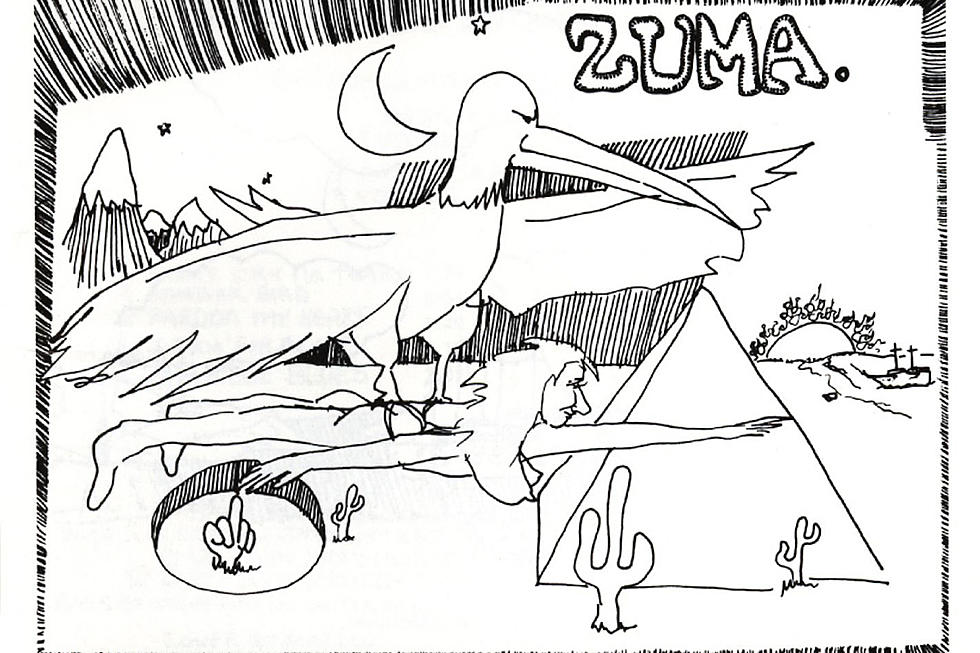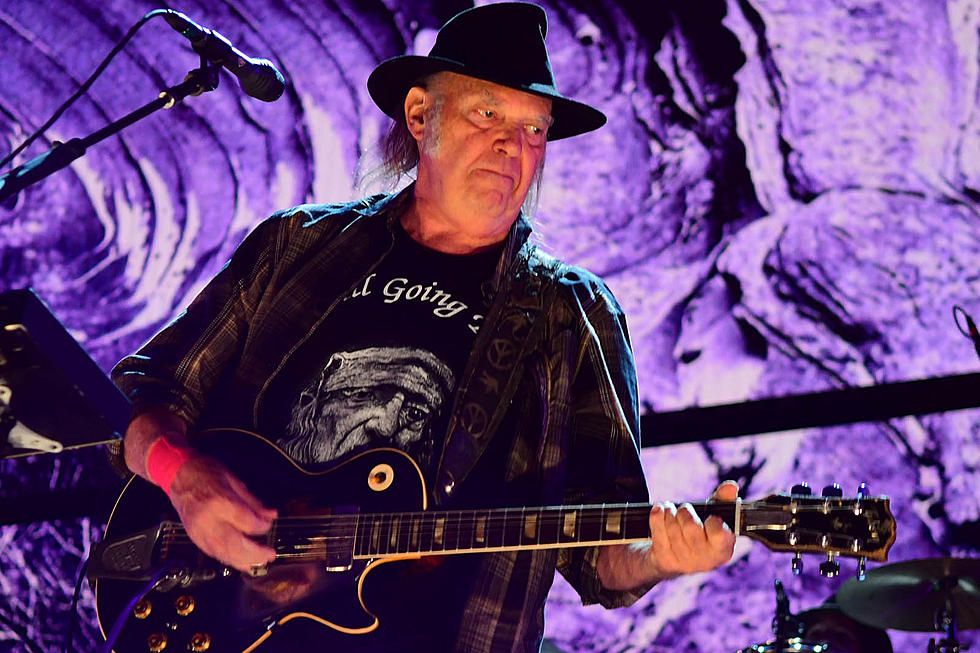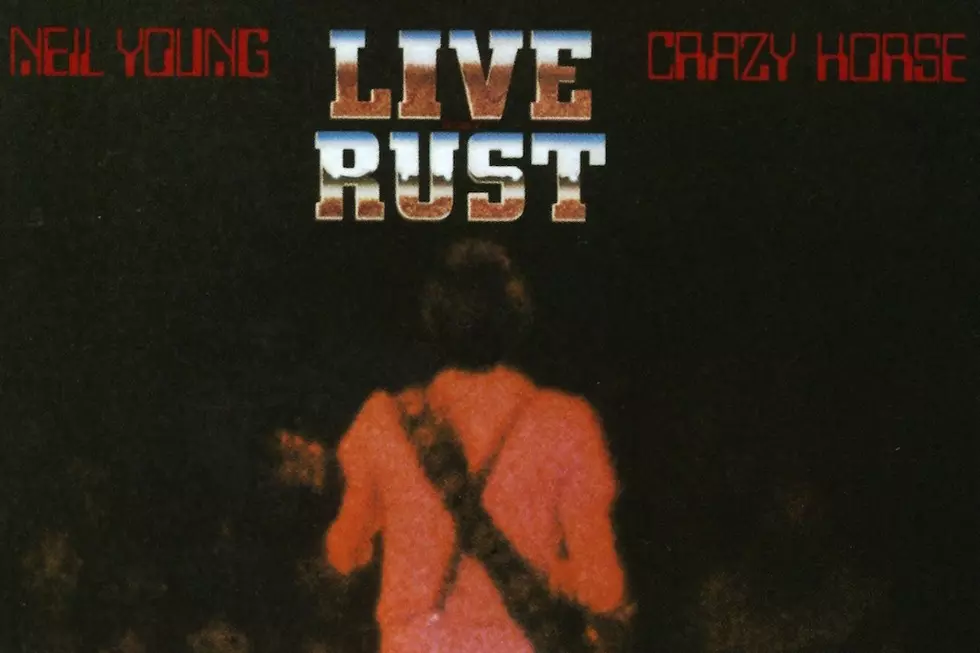
When Neil Young Reassembled Crazy Horse for ‘Zuma’
Zuma may be Neil Young's most underrated album of the ‘70s.
Released on Nov. 10, 1975, it lacks the commercial power of Harvest, After the Gold Rush and Rust Never Sleeps' iconic status or the cult appeal of Tonight’s the Night. Still, Zuma is almost the equal of all of them.
Young joined up with Crosby, Stills & Nash for a new record that was to be called Human Highway, after completing the “Ditch Trilogy” of Time Fades Away, On the Beach and Tonight’s the Night in 1973. Sessions were bookended by a tour in the summer of 1974, but the usual bickering between the members ended the recording, and Human Highway never saw the light of day – though one song, “Through My Sails,” wound up as Zuma’s closer.
So Young called Crazy Horse, who had undergone an incredibly tumultuous two years. The departures of Nils Lofgren and Jack Nitzsche after the death of Danny Whitten meant that they were down to just the rhythm section of bassist Billy Talbot and drummer Ralph Molina. But they picked up a new guitar player, Frank “Poncho” Sampedro, and were back in business.
Listen to Neil Young's 'Cortez the Killer'
Perhaps it’s the proximity to his time with his other band that helped ignite Zuma. For much of the record, Crazy Horse sound like they're trying to be Crosby, Stills, Nash & Young. The sonic onslaught of the electric songs on Everybody Knows This Is Nowhere and Rust Never Sleeps is replaced with a greater attention to subtlety. Young’s and Sampedro’s guitars weave around each other, but they’re less distorted than is generally associated with Crazy Horse. And their harmonies, particularly on “Pardon My Heart” and “Looking for a Love,” even have a bit of CSN&Y.
Young and Sampedro work out their newfound chemistry to particularly great effect on “Barstool Blues” and “Drive Back.” Young even pokes fun at his inscrutability on “Barstool Blues”: “And I saw you in my nightmares / But I’ll See you in my dreams / And I might live a thousand years / Before I know what that means.”
But it was the penultimate song, “Cortez the Killer,” that truly defines Zuma. This seven-and-a-half-minute epic about the 16th century conquering of Mexico by Spain is one of Young’s finest moments with Crazy Horse.
Zuma charted slightly better than Tonight’s the Night. Both peaked at No. 25, but Zuma wound up being certified gold. On his next album, Young reunited with Stephen Stills for Long May You Run, and then went on a tour that lasted nine shows before Young walked out, sending Stills a farewell telegram that read: “Dear Stephen: Funny how some things that start spontaneously end that way. Eat a peach. Neil."
Neil Young Albums Ranked
More From Ultimate Classic Rock









